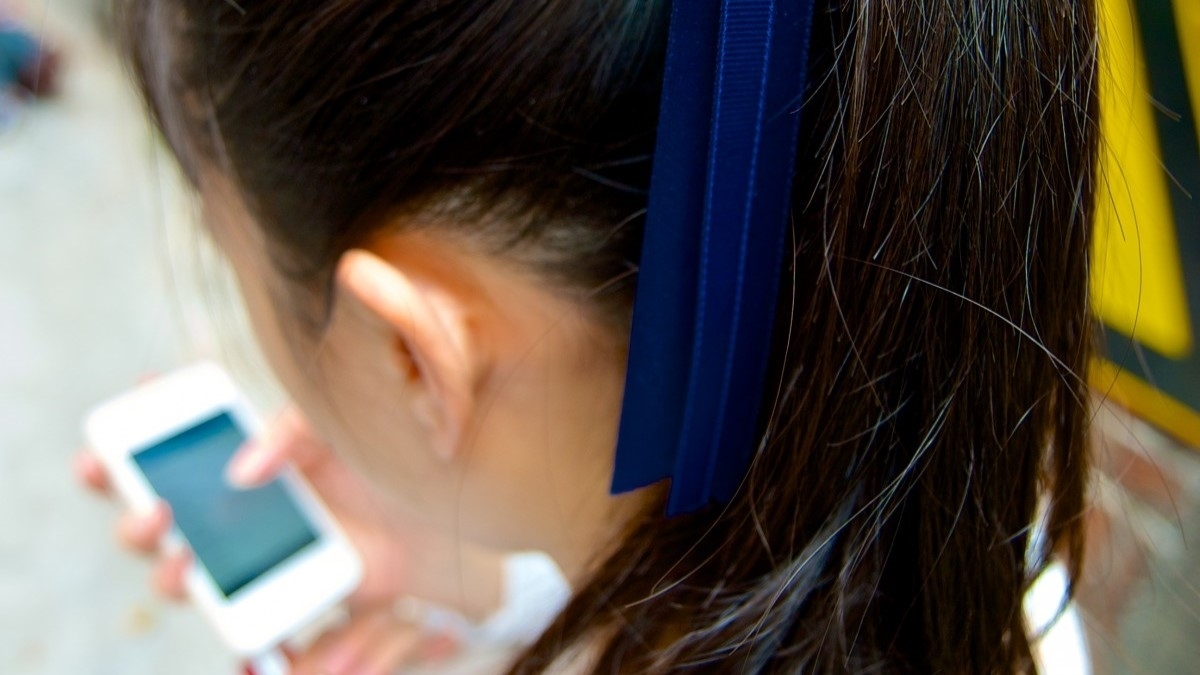Eustachian tubes are responsible for equalizing ear pressure and draining fluid from the middle ear. | PxHere.com
Eustachian tubes are responsible for equalizing ear pressure and draining fluid from the middle ear. | PxHere.com
• Allergies and infections are the most common causes of eustachian tube dysfunction (ETD).
• ETD might resolve on its own, but if symptoms last longer than two weeks, it's recommended to see a doctor.
• Treatment options include at-home remedies, prescription antibiotics or surgical procedures.
Dr. James Oberman of Frederick Breathe Free Sinus & Allergy Centers wants people suffering from eustachian tube dysfunction to know that a surgical procedure called eustachian tube balloon dilation can help treat this uncomfortable condition.
“Some people typically either get recurrent infections or constantly feel like they're underwater and they can't hear or they have pressure in their ears. I have some patients who literally stopped traveling because they can't tolerate the barometric pressure changes,” Oberman told Maryland State Wire. “With this new technology, we can address the underlying problem itself, which is the dysfunction of the eustachian tube, by ballooning it open. That's also performed intranasally under topical, local anesthesia in the clinic -- and it's very well-tolerated.”
The eustachian tube connects the middle ears to the upper throat, and if the tube becomes blocked, it can lead to hearing problems, ringing in the ears, balance issues, discomfort similar to an ear infection, or a feeling of fullness in the ears, according to Cleveland Clinic. This condition is called ETD and it can be caused by allergies, a common cold, the flu or chronic acid reflux. The symptoms might get worse with altitude changes, such as on an airplane or while scuba diving.
ETD frequently resolves on its own, but if symptoms last for more than two weeks, it's recommended to visit a doctor. At-home remedies to resolve ETD could include chewing gum, yawning, swallowing or using a saline nasal spray. People whose ETD has been caused by allergies could clear up their symptoms by using an antihistamine or other over-the-counter medications. People whose ETD has been caused by an infection may be prescribed antibiotics.
If at-home remedies or medications do not resolve ETD, a doctor might recommend a surgical treatment, with one option being eustachian tuboplasty, also known as eustachian tube balloon dilation. This surgery is relatively new and involves a doctor inserting a small balloon through the nasal passage into the eustachian tube and then inflating the balloon for about two minutes before the doctor deflates and removes it. Patients typically recover from this surgery within one day.
Other surgical treatment options for ETD include myringotomy and pressure equalization tubes. During a myringotomy, the doctor makes a small incision in the eardrum, allowing fluid to drain from the middle ear. Pressure equalization tubes are placed by a surgeon inside the ear drum and allow for proper ventilation to the middle ear. While patients who have a myringotomy typically take three to four weeks to recover, pressure equalization tubes are typically left in place for 12 to 18 months.
To learn more about the symptoms of sinusitis, allergies and ETD, take this Sinus Self-Assessment Quiz.





 Alerts Sign-up
Alerts Sign-up